The Adirondack guideboat traces its lineage back to the 1840s and the water-rich, road-poor Adirondack region of upstate New York. The myriad lakes, streams, and rivers there required slim, shallow-draft boats that were fast, performed well in a wide range of wind and wave conditions, and were capable of carrying up to three people and their gear. They also had to be light enough for one man to portage. It was a tall order.A number of builders created boats to meet the region’s needs, and a recognizable type developed. Double-ended with a strong sheer, it resembled a Native American canoe in profile. The guideboats were, on average, 16′ in length with a beam of 38″ and weighed 60 lbs. They were constructed with a plank keel—referred to as a bottom board—and closely spaced ribs sawn from spruce knees. Thin spruce or cedar planking was attached to the ribs with screws. The oars used with the boats were light with some flex, overlapping grips, and distinctive fixed-pin oarlocks.When Steve Kaulback, a self-styled “refugee” from New York City, built his first Adirondack guideboat in 1979, he wasn’t presuming to create a design that would eventually become one of the flagships of a guideboat revival; he just wanted to build a truly beautiful boat for himself. He had moved to Vermont in 1973, armed with little more than a Bachelor of Fine Arts degree from the Pratt Institute, and had no background in boating, much less boatbuilding. His older brother, Peter, had seen guideboats in Vermont and told Steve it was imperative to check them out if he ever got the chance. His chance came in the form of a vintage guideboat built by Warren Cole at Long Lake, New York, in the early 1900s. Not only did he get to see it, he got to row it. It was a life-changing experience. “It was the most incredibly beautiful thing I’d seen,” Steve said, “a perfect example of form following function. I knew I simply had to build a guideboat of my own.”
Join The Conversation
We welcome your comments about this article. To include a photo with your remarks, click Choose File below the Comment box.
Comments (3)
Comments are closed.

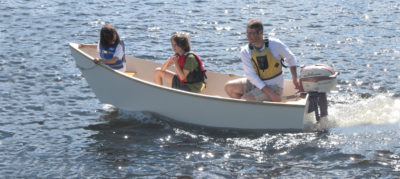
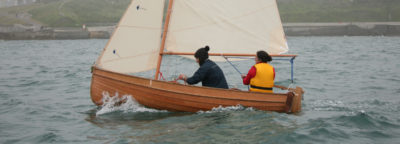
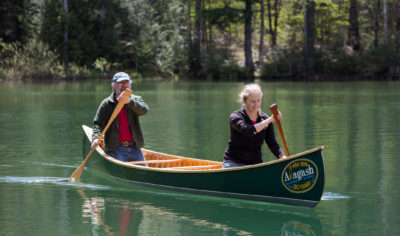
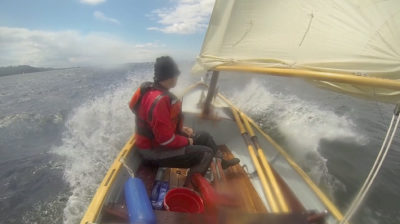
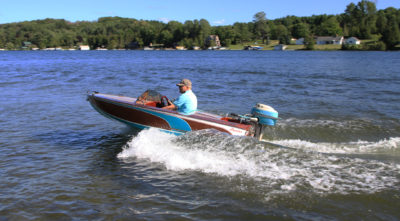
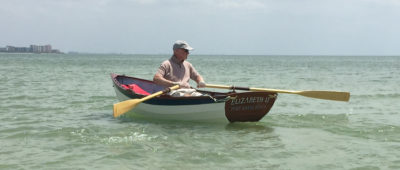
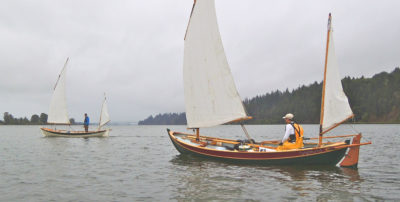
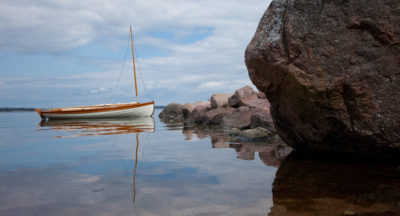
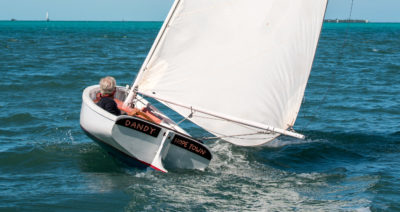

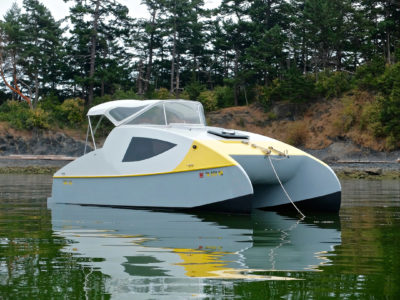

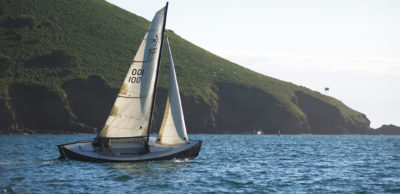
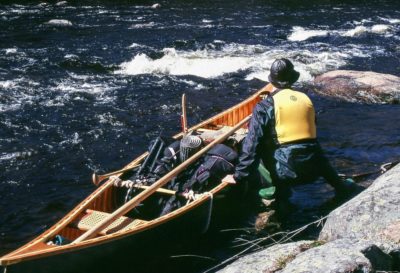

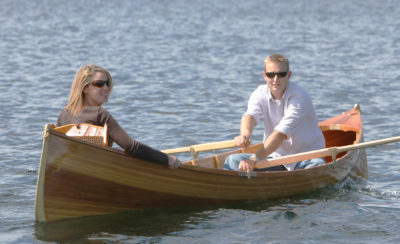
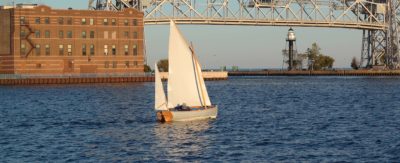

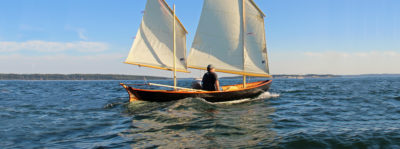
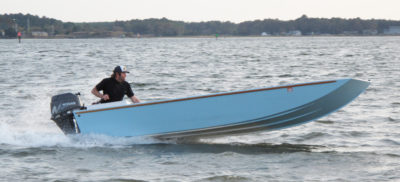
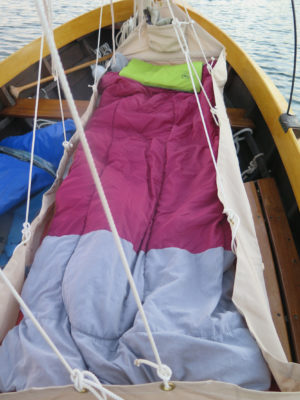
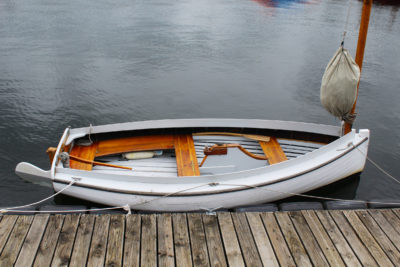
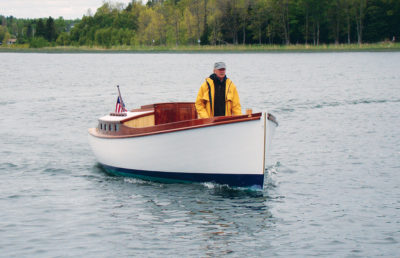
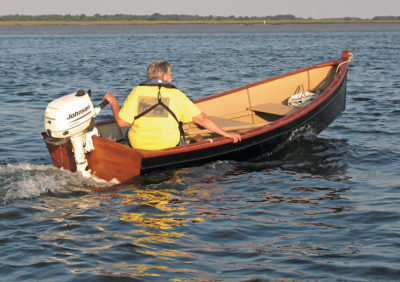
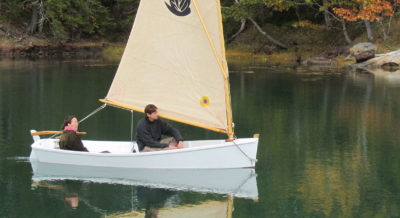
I don’t make the connection that was mentioned in regards to the weight being reduced by fewer ribs. I was expecting that fewer ribs would result in lower weight. Instead the boat is shorter, with fewer ribs and weighs 10 lbs more ( 70 lbs). Perhaps it is the fiberglassing then that adds the weight. Excellent article though, I was interested to see how AGC builds a traditional style boat. Thank you!
Very beautiful with fine lines. The steam-bent laminated ribs are excellent.
Matthew makes an excellent point. The fault lies with the definition I gave. I went back to Kenneth and Helen Durant’s book, The Adirondack Guideboat and confirmed that the boats preferred by guides were in the 15′ to 16′ range and averaged 38″ in width. However, as to the weight of a completed boat—including three seats, a stern seat backrest, a neck yoke, two oars, one paddle, all metal fittings—the 60 lbs I cited in the article was off the mark. Dwight Grant’s boats are accepted as excellent examples of the guideboat type, and his completed boats ranged from 68 to 78 pounds. Grant’s boats did not come with floorboards except by special order. AGC’s boats do have floorboards but they don’t count the oars (about 4+ pounds); the 70 lbs weight for the completed boats falls well within the norms of the design. I appreciate Matthew’s calling this to my attention.